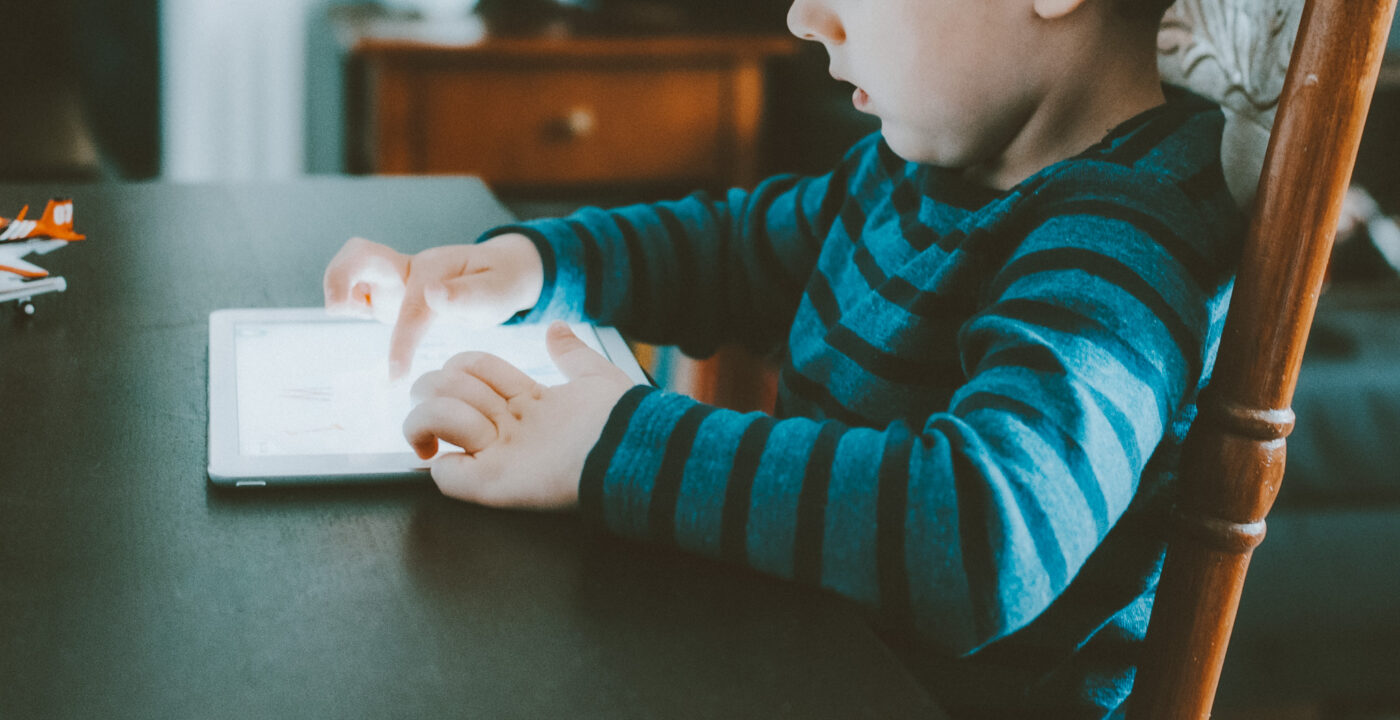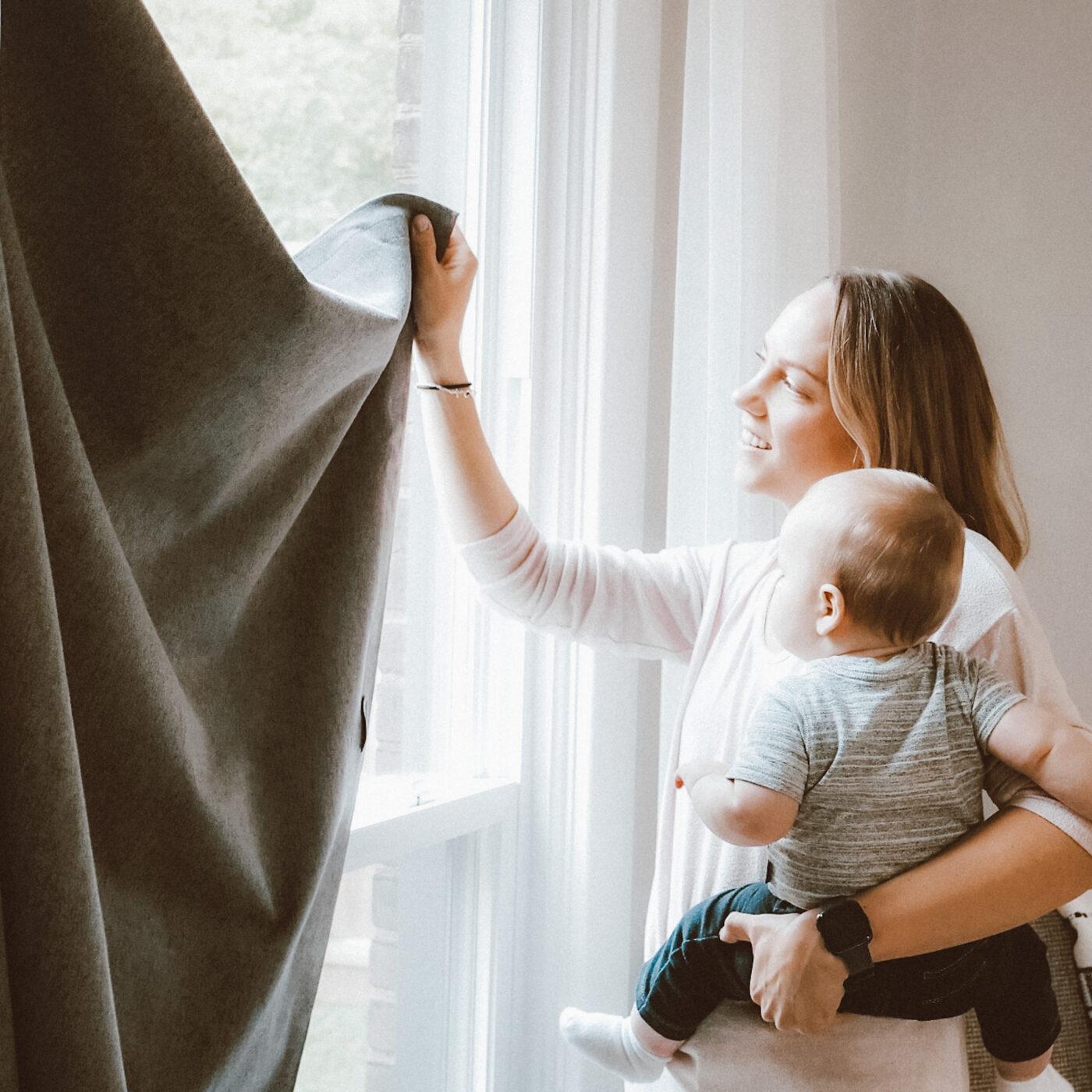Going Out to Dinner with Kids While on a Sleep Schedule
When can I take my blackout curtains down?
Sometimes it can feel that we, as parents, take extreme measures to help our babies sleep. Blacking out the nursery on a quest for utter darkness may feel extreme, but it is one of the most effective ways to make sure a baby naps well and sleeps through the trickiest early morning hours after sunrise. Even the smallest sliver of light can be enough to disturb slumber. But many parents, wonder ‘how long does my child need to sleep in complete darkness?’. While it may not be what you want to hear, research suggests that the “right” answer is forever.
The ‘Why’ Behind Blacking Out Bedrooms

Light and darkness are always our bodies’ primary sleep and wake signals, and we cannot underestimate its importance.
Before the invention of electricity, even adults averaged ten hours of sleep per night. The introduction of the lightbulb has had many benefits for society, but it has truly been detrimental to overall sleep. More recently, the spread of screen-based media has done even more damage to our ability to get a good night’s rest.
Complete darkness stimulates the release of the sleep hormone, melatonin. Even small amounts of light disrupt its production. Dimming lights, using amber glow light bulbs, and avoiding blue light in the hours leading up to bedtime has proven to have a positive impact on sleep.
The truth is that everyone – from newborn babies to the elderly – sleep best in a fully darkened room. While we certainly can learn to adapt to other settings, our sleep is most ideal in a blacked out space. Even when we work with adults at Sleep Wise, light is one of the first thing we address. An optimal sleep environment for people of all ages is dark and cool.
Extenuating Circumstances for Bright Sleep Spaces

There are some circumstances where your child may be exposed to a brighter sleeping environment. Vacations, daycare, homes with unusual window placement – are all instances where your child may need to sleep in a space that is not entirely blacked out.
For vacations, I recommend families bring portable room darkening shades, like Sleep Out Curtains, (if possible) as to not impact sleep while away from home. Additionally, temporary room darkening shades can be used at home if you do not want your child’s room dark all day long.
If the only reason you feel inclined to introduce light is for daycare purposes, we caution your efforts. It’s typically best to protect the most restorative sleep at home, and let your child adjust to daycare!
Trialing a Brighter Bedroom
For some, the thought of a cave-like bedroom is hard to get on board with. If you would like to try allowing light into your child’s sleep space, we recommend waiting to make any changes until your child is old enough to follow instructions. It will be much easier to explain sleep expectations to a toddler or school-aged child. Babies simply cannot understand why they need to stay in their crib when their body signals are not in sync with that expectation. It is worth noting that the youngest of sleepers may struggle and cry, and rather than adjusting, they may get less than optimal sleep resulting in chronic overtiredness.
Toddlers and older children who can understand a sleep clock may be able to transition to a brighter sleep environment, but we should expect an adjustment period regardless. Patience is key. Over time, kiddos can understand new rules around what dictates the sleep time. Thus, they may stay in their bed for your designated sleep times, despite more light in the room. It’s also worth considering a small light that won’t impact sleep for a child asking for light – instead of removing blackout curtains.
While a toddler may follow these expectations, watch for a decrease in the amount of total time asleep. If your toddler continues to wake up too early, even after two weeks of trying out a brighter sleep environment, you may need to go back to a blacked out sleep space, or consider adjusting bedtime to accommodate for an earlier morning.
Ultimately, there is no such thing as keeping darkness in a bedroom for “too long.” This one is a case where Mother Nature makes the rules!


